smd led battery
- Category: 2016 SMD LED
- Brand:ARKTECH
- delivery date: 7 to 9 working days
- payment method: We offer payment options such as Paypal, TT (Telegraphic Transfer), or LC (Letter of Credit)
- Our team offers all-round technical support, including designing according to your requirements, selecting the best solutions based on cost and reliability, principle and LAY-OUT design, customizing s
| Product name | smd led battery |
| Keyword | 12v smd led red,9 smd led t10,3528 smd led lights,smd led ceiling light,8v smd led strip |
| Place of Origin | China |
| Brand | ARKTECH |
| Current | 69MA |
| Power | 1.6W |
| Voltage | 2.6V |
| Raw material | Copper bracket/ pure gold wire |
| Quantity | 2492pcs/reel |
| Dimensions | 3.8mm*4.4mm*1.5mm, (Contact us for specific information to confirm) |
| Applicable Industries | home appliances, etc. |
| Color | white |
| Weight | 7mg |
| Product Description | 0.9t smd led,3w smd led entspricht,SMD 5050 LED RGBW 0.2W-It is a new surface packaging technology that encapsulates LED chips in tiny weldable packaging films and performs surface spot welding on the PCB substrate, thus improving the reliability and production efficiency of LEDs. Compared with traditional LED packaging, SMD LED has the advantages of small size, large light-emitting area, high power, low packaging height, and multiple color temperatures, and can greatly reduce costs through automated production processes. |
| delivery date | Our standard delivery time is 7 to 9 working days. |
| payment method | We offer payment options such as Paypal, TT (Telegraphic Transfer), or LC (Letter of Credit). |
| Life span | 50100 + hours (Contact us for specific information to confirm) |
| warranty | We provide a warranty period of 2 years |
| Advantage | We keep good quality and competitive price to ensure our customers benefit |
| Packing | 15x8.69x13.4mm(Contact us for specific information to confirm) |
| Sales country | All over the world for example:Kyrgyzstan,New Caledonia,Kazakhstan,North Korea,Bangladesh,Guadeloupe,Gambia |
| MOQ | 6 reel(Contact us for specific information to confirm) |
| customization services | We welcome customization requests for our products |
| production capacity | We have the capacity to produce 100kk pieces of LEDs per month. |
Segment led display, Custom LED display, Through hole LED, High power LED(Please contact us for specific information about Segment led display)
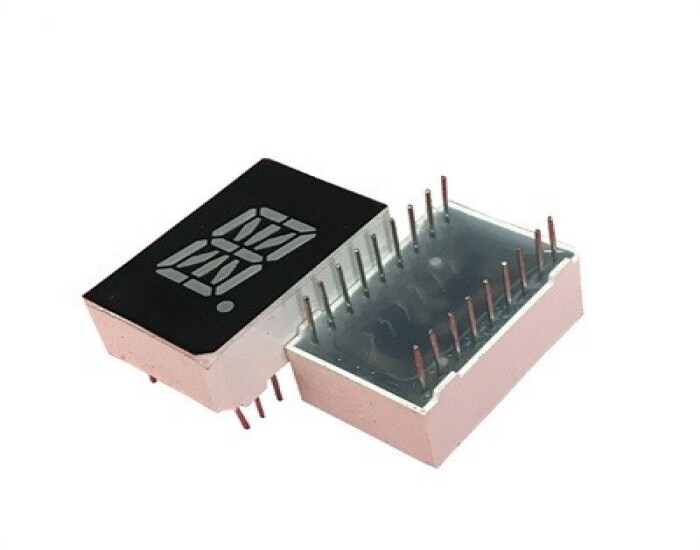
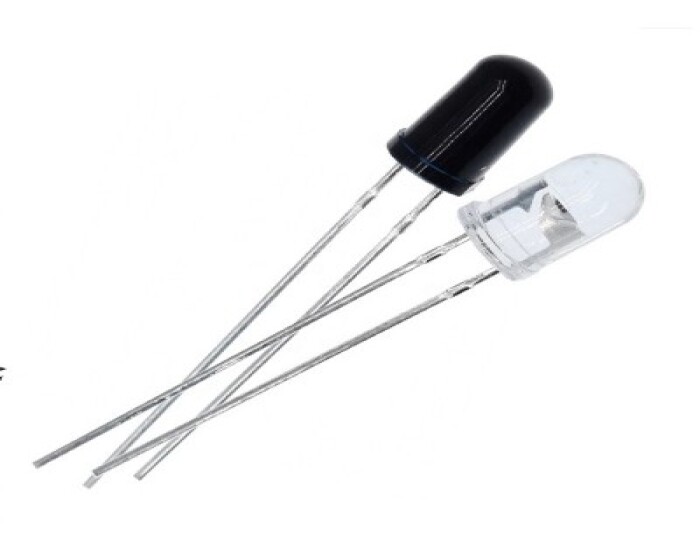
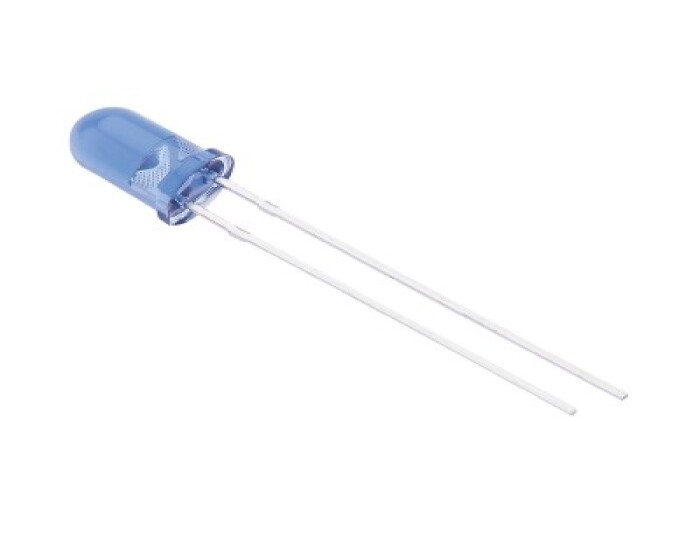
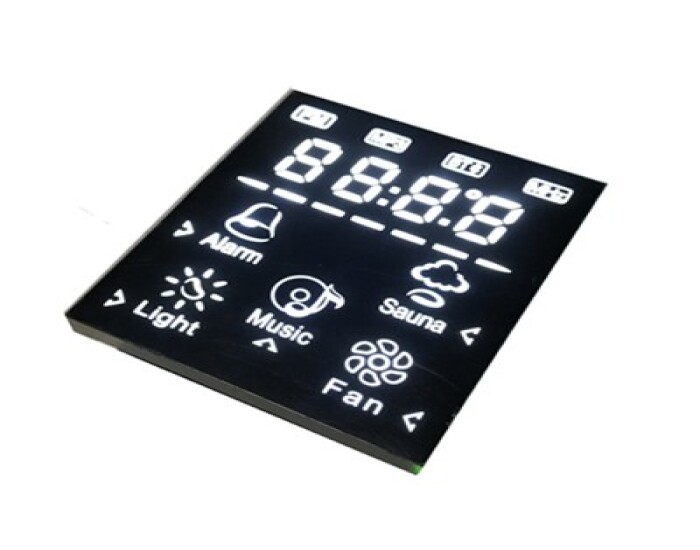
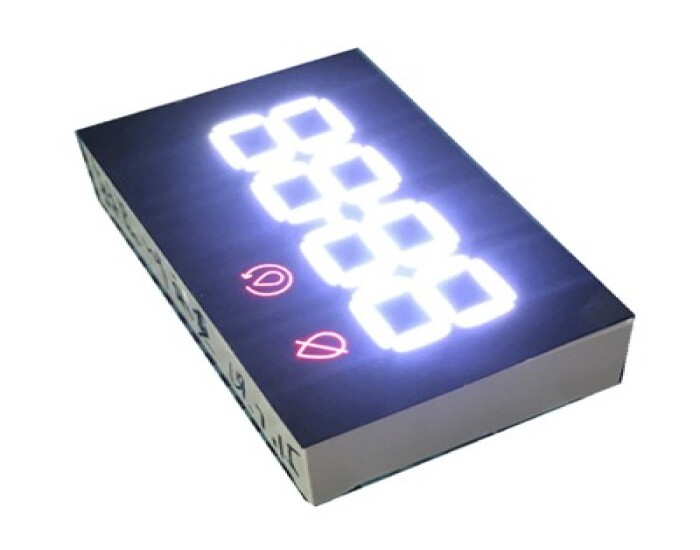
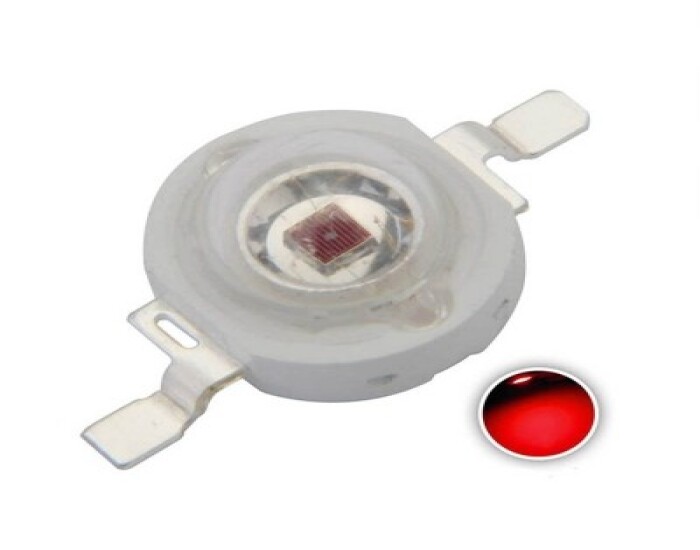
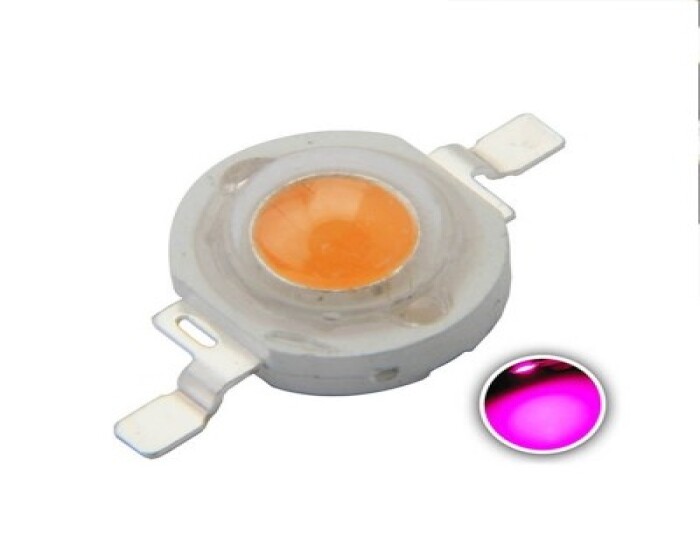
smd led battery services FAQs Guide
Are you looking for a quick review guide about smd led batteryservices?
An ultimate FAQ buying guide is available to help you.This guide contains all the information about all the important facts, figures, and various processes regarding smd led battery services.
Let’s continue!
2.How do smd led battery lights differ from traditional LEDs?
3.How does the size of smd led battery affect its performance?
4.How does the color temperature of smd led battery affect its use?
5.What is the difference between smd led battery and COB LED?
6.Can smd led battery lights be dimmed?
7.Does smd led battery produce any UV emissions?
8.Can smd led battery be used in outdoor settings?
9.About smd led battery production management system
10.How does the operating temperature of smd led battery affect its performance?
11.Are there any potential health risks associated with smd led battery?
12.What is the lifespan of an smd led battery?
1.What is the typical power consumption of smd led battery?
smd led battery is not a product only, but also can help you comes to money-making.
The typical power consumption of SMD LED varies depending on the size and type of the LED. Generally, the power consumption can range from 0.05 watts to 1 watt per LED. However, some high-power SMD LEDs can consume up to 5 watts. It is important to check the specifications of the specific SMD LED to determine its power consumption.
2.How do smd led battery lights differ from traditional LEDs?
Our products & services cover a wide range of areas and meet the needs of different fields.
SMD (Surface Mount Device) LED lights are a type of LED that is mounted directly onto a circuit board, rather than being encased in a traditional bulb or package. This allows for a smaller and more compact design, as well as improved heat dissipation and durability.
Some other differences between SMD LED lights and traditional LEDs include:
1. Size and shape: SMD LEDs are typically smaller and flatter than traditional LEDs, making them more versatile for use in various applications.
2. Brightness: SMD LEDs are generally brighter than traditional LEDs, as they can be packed more closely together on a circuit board.
3. Energy efficiency: SMD LEDs are more energy-efficient than traditional LEDs, as they require less power to produce the same amount of light.
4. Viewing angle: SMD LEDs have a wider viewing angle than traditional LEDs, meaning they can emit light in a broader direction.
5. Cost: SMD LEDs are typically more expensive than traditional LEDs, due to their advanced technology and manufacturing process.
6. Color options: SMD LEDs offer a wider range of color options than traditional LEDs, including RGB (red, green, blue) and RGBW (red, green, blue, white) options.
Overall, SMD LED lights offer improved performance and versatility compared to traditional LEDs, making them a popular choice for various lighting applications.
3.How does the size of smd led battery affect its performance?
We have broad development space in domestic and foreign markets. smd led battery have great advantages in terms of price, quality, and delivery date.
The size of an SMD LED can affect its performance in several ways:
1. Brightness: Generally, larger SMD LEDs have a higher maximum brightness compared to smaller ones. This is because larger LEDs have more surface area to emit light, allowing them to produce a brighter output.
2. Power consumption: Smaller SMD LEDs typically have a lower power consumption compared to larger ones. This is because smaller LEDs require less energy to produce the same amount of light as larger ones.
3. Heat dissipation: Larger SMD LEDs tend to generate more heat compared to smaller ones. This is because they have a higher power consumption and more surface area to dissipate heat. This can affect the overall performance and lifespan of the LED.
4. Viewing angle: The size of an SMD LED can also affect its viewing angle, which is the angle at which the light is emitted from the LED. Smaller LEDs typically have a narrower viewing angle, while larger LEDs have a wider viewing angle.
5. Durability: Larger SMD LEDs are generally more durable and have a longer lifespan compared to smaller ones. This is because they have a larger surface area, which allows for better heat dissipation and reduces the risk of overheating and damage.
Overall, the size of an SMD LED can significantly impact its performance, and it is essential to consider the specific requirements and applications when choosing the appropriate size for a particular project.
4.How does the color temperature of smd led battery affect its use?
We have established long-term and stable partnerships with our suppliers, so we have great advantages in price and cost and quality assurance.
The color temperature of SMD LED affects its use in several ways:
1. Color appearance: The color temperature of an SMD LED determines the color appearance of the light it emits. A lower color temperature (2700K-3000K) produces warm white light, while a higher color temperature (5000K-6500K) produces cool white light. This can affect the ambiance and mood of a space, as well as the visibility and clarity of objects under the light.
2. Application suitability: The color temperature of an SMD LED can make it more suitable for certain applications. For example, warm white light is often preferred for residential and hospitality settings, while cool white light is more suitable for commercial and industrial settings.
3. Color rendering: The color temperature of an SMD LED can also affect its color rendering index (CRI), which is a measure of how accurately the light source renders colors compared to natural light. A higher color temperature can result in a higher CRI, making colors appear more vibrant and true to life.
4. Energy efficiency: The color temperature of an SMD LED can also impact its energy efficiency. Generally, higher color temperatures require more energy to produce, so a lower color temperature may be more energy-efficient.
5. Human health: The color temperature of an SMD LED can also have an impact on human health. Exposure to cool white light with a high color temperature at night can disrupt the body's natural sleep-wake cycle, while warm white light with a lower color temperature is less likely to have this effect.
Overall, the color temperature of an SMD LED is an important factor to consider when choosing the right lighting for a specific application, as it can affect the appearance, suitability, energy efficiency, and potential health impacts of the light.
5.What is the difference between smd led battery and COB LED?
We have rich industry experience and professional knowledge, and have strong competitiveness in the market.
SMD LED (Surface Mount Device LED) and COB LED (Chip on Board LED) are two different types of LED technology used in lighting applications. The main differences between them are:
1. Design: SMD LEDs are small, individual LED chips mounted on a circuit board, while COB LEDs consist of multiple LED chips bonded directly to a substrate, creating a single module.
2. Size: SMD LEDs are smaller in size compared to COB LEDs, making them suitable for compact and slim lighting designs.
3. Light output: COB LEDs have a higher light output compared to SMD LEDs due to their larger size and higher number of LED chips.
4. Heat dissipation: COB LEDs have better heat dissipation capabilities compared to SMD LEDs, as the multiple LED chips are spread out over a larger surface area.
5. Color consistency: COB LEDs have better color consistency compared to SMD LEDs, as the multiple LED chips are closely packed together, resulting in a more uniform color output.
6. Cost: SMD LEDs are generally less expensive compared to COB LEDs, making them a more cost-effective option for lighting applications.
In summary, SMD LEDs are smaller, more affordable, and suitable for compact designs, while COB LEDs have a higher light output, better heat dissipation, and color consistency. The choice between the two will depend on the specific lighting needs and budget of the application.
6.Can smd led battery lights be dimmed?
Being one of the top smd led battery manufacturers in China, We attach great importance to this detail.
Yes, SMD LED lights can be dimmed. However, not all SMD LED lights are dimmable, so it is important to check the product specifications before attempting to dim them. Additionally, the type of dimmer used must be compatible with the SMD LED lights.
7.Does smd led battery produce any UV emissions?
We operate our smd led battery business with integrity and honesty.
No, SMD LED does not produce any UV emissions. SMD LED lights use a semiconductor material to produce light, which does not emit UV radiation. However, some SMD LED lights may have a small amount of UV emissions due to the use of phosphors in the LED chip, but this is typically very low and not harmful to humans.
8.Can smd led battery be used in outdoor settings?
We should perform well in market competition, and the prices of smd led battery products have a great competitive advantage.
Yes, SMD (Surface Mount Device) LED lights can be used in outdoor settings. They are commonly used in outdoor lighting applications such as street lights, flood lights, and landscape lighting. SMD LEDs are designed to be durable and weather-resistant, making them suitable for outdoor use. However, it is important to ensure that the SMD LED lights are rated for outdoor use and are properly installed to withstand harsh weather conditions.
9.About smd led battery production management system
We have implemented a robust production management system that leverages our ERP system, specifically incorporating material information, BOM information, and supplier information. This system allows us to monitor equipment control and production stability in real-time through the MES system.
10.How does the operating temperature of smd led battery affect its performance?
We are a professional smd led battery company dedicated to providing high quality products and services.
The operating temperature of SMD LED can affect its performance in several ways:
1. Light output: SMD LED's light output decreases as the temperature increases. This is because the heat generated by the LED can affect the efficiency of the phosphor coating, which is responsible for converting blue light into other colors.
2. Color accuracy: The color accuracy of SMD LED can also be affected by temperature. As the temperature increases, the color temperature of the LED can shift, resulting in a change in the perceived color of the light.
3. Lifespan: High operating temperatures can significantly reduce the lifespan of SMD LED. This is because the heat can cause degradation of the LED's components, such as the phosphor coating and the semiconductor material, leading to a decrease in the LED's overall performance and lifespan.
4. Efficiency: The efficiency of SMD LED can also be affected by temperature. As the temperature increases, the LED's efficiency decreases, resulting in a higher energy consumption and lower light output.
5. Reliability: High operating temperatures can also affect the reliability of SMD LED. The heat can cause thermal stress on the LED's components, leading to potential failures and malfunctions.
Overall, the operating temperature of SMD LED plays a crucial role in its performance and lifespan. It is essential to keep the LED within its recommended operating temperature range to ensure optimal performance and longevity.
11.Are there any potential health risks associated with smd led battery?
We have been working hard to improve service quality and meet customer needs.
There are a few potential health risks associated with SMD LED lights, including:
1. Blue light exposure: SMD LED lights emit a high amount of blue light, which can cause eye strain, headaches, and disrupt sleep patterns. Prolonged exposure to blue light has also been linked to an increased risk of macular degeneration.
2. Flicker effect: Some SMD LED lights may have a flicker effect, which can cause eye strain, headaches, and dizziness in some individuals.
3. UV radiation: SMD LED lights do not emit UV radiation, but they may contain materials that can convert blue light into UV radiation. Prolonged exposure to UV radiation can increase the risk of skin cancer and damage the eyes.
4. Electromagnetic radiation: SMD LED lights emit low levels of electromagnetic radiation, which may cause health concerns for individuals who are sensitive to it.
5. Mercury exposure: Some SMD LED lights may contain small amounts of mercury, which can be harmful if the light is broken and the mercury is released.
It is important to note that the health risks associated with SMD LED lights are generally low and can be minimized by using high-quality, properly installed lights and taking breaks from screen time. However, individuals with pre-existing eye conditions or sensitivity to light may want to consult with a doctor before using SMD LED lights.
12.What is the lifespan of an smd led battery?
We have a professional team that is committed to the innovation and development of smd led battery.
The lifespan of an SMD LED can vary depending on the quality of the LED and its usage. On average, an SMD LED can last anywhere from 50,000 to 100,000 hours. This translates to approximately 5-10 years of continuous use. However, factors such as heat, voltage, and current can affect the lifespan of an SMD LED. Proper installation and maintenance can also help extend the lifespan of an SMD LED.
INQUIRY
CATEGORIES
LATEST NEWS
CONTACT US
Name: Ms.Wendy
Mobile:0086-15861679389
Tel:0086-81725657
Whatsapp:0086 17386542651
Email:info@arktechcn.com
Add:8# HengDa CaiFu Center, JinKai Industrial Area, Wuci City, Jiang Su, China





